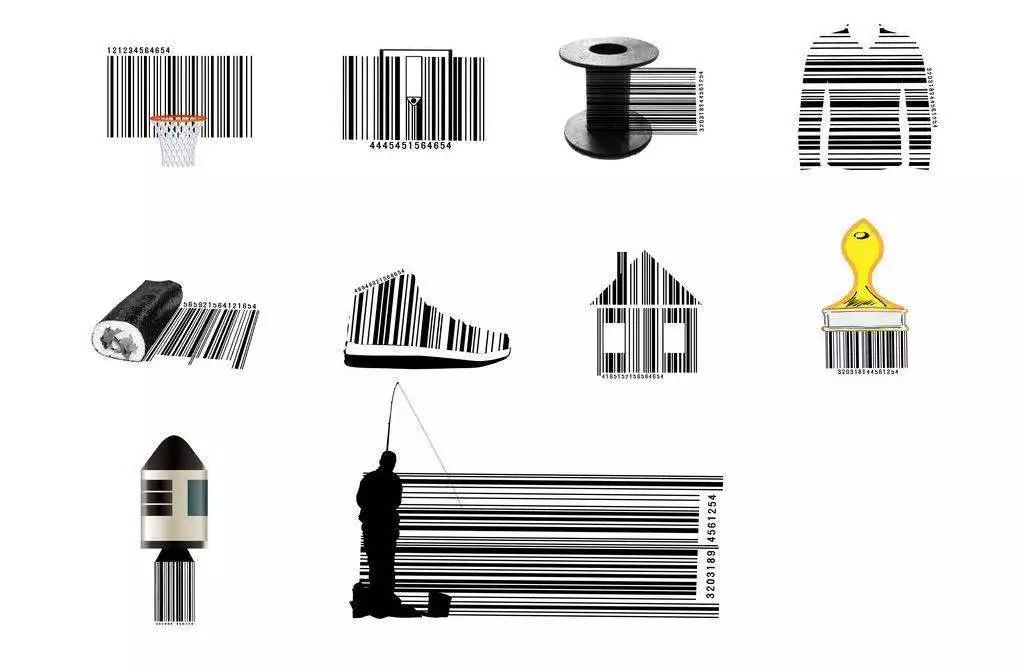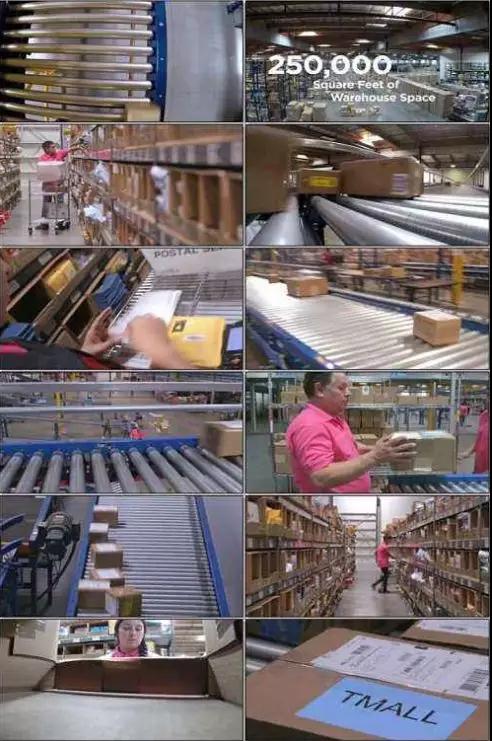Warehousing system material coding skills
The material code is the unique identification code of the warehousing system for the material. It uses a set of codes to represent a material. The material code must be unique, that is, one material cannot have multiple material codes, and one material code cannot have multiple materials, and the relationship between them is one-to-one correspondence.

Common coding
1.Sequential coding is a simpler type of coding, and computers can also provide pipelined coding. In the absence of existing code available, sequential coding, or serial number coding, can be considered.
2.As the name suggests, the meaning code is given a certain meaning. Commonly used for such encoding are hierarchical codes and attribute codes. The hierarchical code can express the statistical stacking requirements of the material; the attribute code can express the configuration requirements of the material.
Principle of material coding
Uniqueness: The same material can only correspond to one code. The same code can only represent one material. There must be no multiple codes for one material or multiple materials.
Usability: The length of the code should be between 6-20, not too long, otherwise it is not easy to identify
Regularity: Coding should be compiled according to certain coding principles, and with the description of the description.
Readability: The material code does not necessarily require a look at the material to be known at a glance, but it should be able to identify which material the material belongs to when you see the material. You can consider using the classification code in the previous paragraph. Encoding is done in the form of a sequential code. The user of the code should have a general understanding of the way the code is coded in a relatively short period of time.
Versatility: The same coding principle should cover all materials, and the newly added varieties can also adapt.
Scalability: The coding principle should be developed to take into account the changing trends of the company within 5-10 years. And there is a certain room for different situations.
Efficiency: The coding principle should not only consider whether the user can easily interpret it, facilitate memory and identification, but also consider whether it can help improve the efficiency of daily operations.
Compatibility: The company's material code should be considered compatible with the code of major customers and important suppliers. This requires a material code comparison table to be set up, and the code of the customer, the main supplier, and the company code are placed in a table. Can be freely queried. Chart
Comprehensive: The coding principle should also consider the use of related products (BOM), production, procurement, warehouse operations, material control, finance, and software systems. For example, it is best to use numbers when considering coding, rather than mixing letters and numbers to facilitate the use of software systems.

Create meaningful material codes
First introduce an organization: APICS (American Production and Inventory Management Association), founded in 1957, APICS has developed into an authoritative association of international modern management.
APICS believes that the purpose of encoding materials is to make it easy to use. A good code should naturally be good to read, good to listen to, easy to remember, and good to write.
We like the meaningful coding very much, mainly because it is very effective, it can identify the material very quickly through the coding itself, and it is easy to understand and explain. It does not need auxiliary material name and material specification during use. For example: a chemical factory produces film.
The product code of a certain specification is: "300-015-150-100", a total of 15 digits, "300" means the product category, "015" means the thickness, the unit is "mm", "150" means the width, the unit is "cm", "100" means length, and the unit is "meter". In this way, when it is necessary to know whether a certain product has been produced or not, it is only necessary to form a code input computer according to the required specifications, and the business personnel only need to write down the rules, and such coding is very easy to use.
Many people prefer meaningful coding. In addition to the advantages mentioned above, it is more based on the assumption that the encoding is based on a computer system. Many people don't have a deep understanding of computer systems. They always assume that when there is no computer, how to know more about the material with only one code, so there are complicated rules and long-standing coding schemes.
Of course, some computer systems that are not easy to use, even if they are used, sometimes need to know more about the material with just one code. Because in the place where the material code appears, the basic information such as the name, specification model, and measurement unit of the material is not displayed at the same time. The manufacturer can only mislead the customer code how important it is. The code must be emphasized, otherwise the system will not run.
Reprinted from the network


